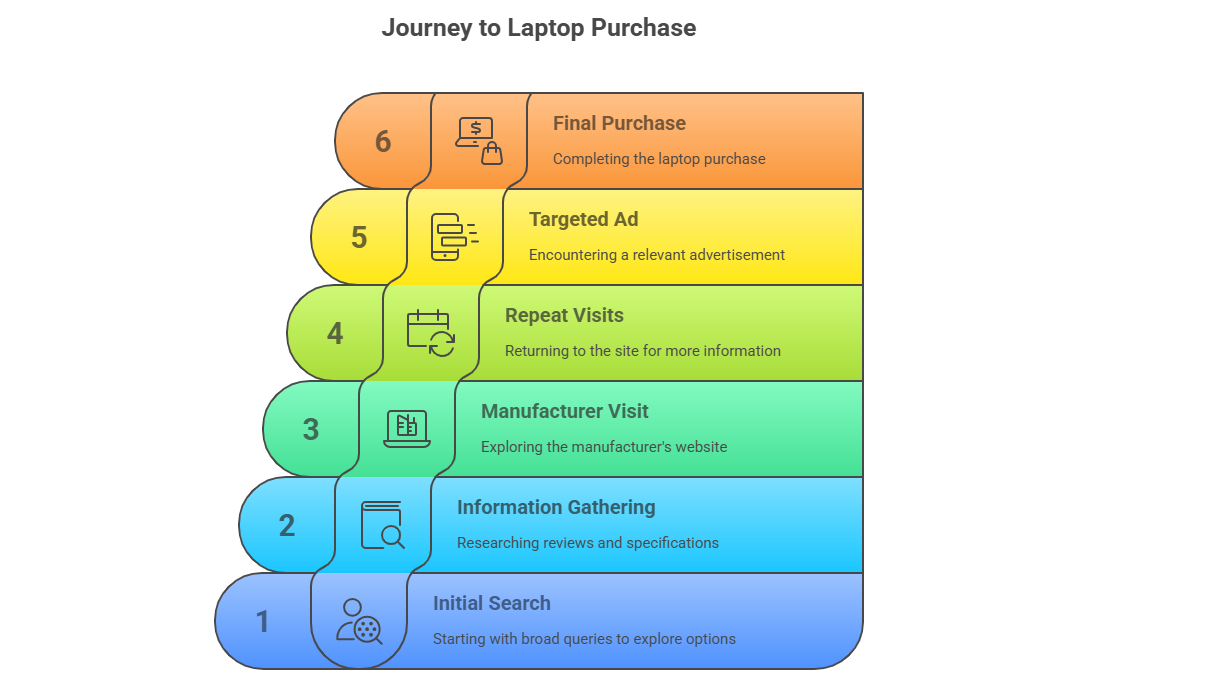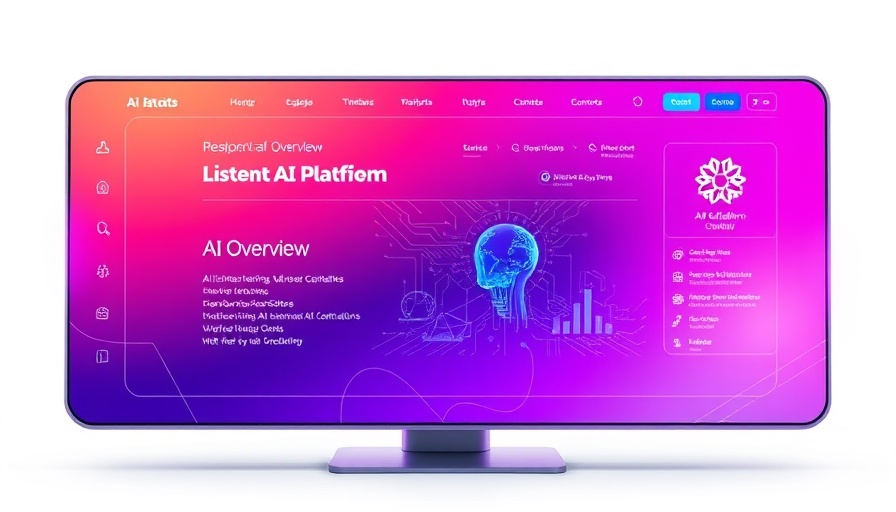
The End of Last Click Attribution: Why It’s Time to Evolve
In the ever-changing landscape of digital marketing, the practice of last-click attribution has become a relic—a simple solution that doesn’t tell the full story of a consumer's journey.
As highlighted by Luke Carthy at MozCon 2025, this model simplifies complex buyer interactions, attributing a sale entirely to the last click before conversion. But this narrow view oversimplifies the multi-faceted path consumers tread when making purchasing decisions.
Breaking Down the Buyer’s Journey
Imagine this: you’re on the hunt for a new laptop but starting with vague searches like “best laptops 2025.” This broad questioning leads you through various informational resources, from reviews to specifications.

You may end up visiting the manufacturer’s site, coming back several days later after browsing different articles, and ultimately making a purchase through a targeted ad. Yet, in a last-click model, the paid ad gets all the glory while a host of other interactions—organic searches, referrals, and repeat visits—are disregarded.
The Hidden Costs of Ignoring Attribution Complexity
Staying glued to last-click attribution limits marketing budgets primarily to channels that offer measurable, direct results: often favoring paid ads over organic strategies.
This perpetual cycle leaves organic channels fighting for crumbs, despite their tangible contributions to the buyer's journey. Carthy advocates for a change: a model that acknowledges various touchpoints, enabling brands to allocate resources more effectively across the full spectrum of customer interaction.
Shaping a New Attribution Model
What can brands do to adapt? The first step is embracing a more holistic view of buyer interactions. By utilizing multi-touch attribution models or incorporating tools that track user journeys across channels, marketers can not only understand where buyers come from but also better cater to their needs throughout multiple engagements.
This shift not only enhances reporting but also empowers brands to make data-backed decisions, ensuring that all channels receive the recognition and resources they deserve.
Conclusion: Embrace the Change
The marketing landscape is evolving, and it's crucial for companies to stay ahead by adopting a new perspective on attribution.
By recognizing the multi-channel influences on consumer decisions, brands can improve their strategies and foster a more balanced marketing approach that maximizes returns.
 Add Row
Add Row  Add
Add 




Write A Comment